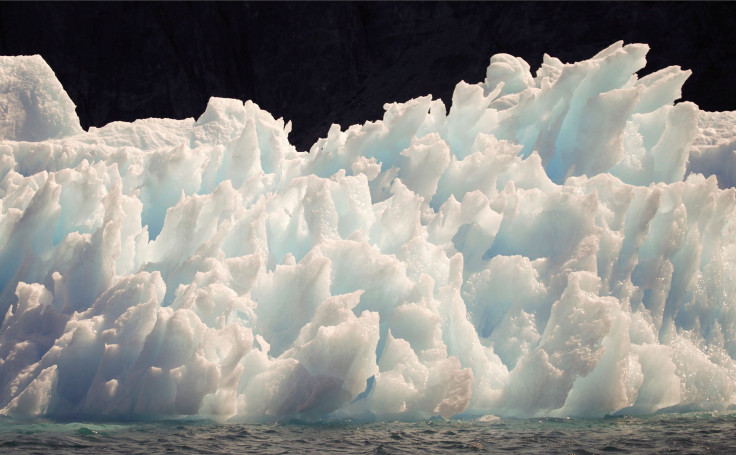Earth’s past climate mysteries may be solved with ancient ice

Earth’s past climate has always been a mystery to scientists but ancient ice may hold clues to the mysteries surrounding it. In fact, ancient ice is already helping researchers understand Earth’s past climate and experts are now focusing on a massive freezer in suburban Denver known as the National Ice Core Laboratory in Lakewood. The ice is transported to the Colorado lab from Greenland and Antarctica.
After conducting preliminary tests, workers slice the ice up and ship it to scientists across the country. The ice reveals exciting details and a wealth of historical information on cosmic events in the past, greenhouse gases and air temperature. The record reaches as far back as 800,000 years. As per researchers, it’s astonishingly precise and even reflects seasonal changes.
Ice cores have allowed scientists to come to many conclusions about our climate including the knowledge of CO2 levels being higher in the atmosphere today than any other time, writes News.com.au.
“You can drill into it, and it's much like looking at tree rings. It's just year after year after year of climate information that's preserved out in the ice sheet,” University of Washington researcher T.J. Fudge told AP.
Scientists use specialised drilling rigs to pull the cores from as deep as 9,800 feet below the surface of ice sheets. As the ice sheets are in direct contact with the atmosphere, everything that is in the atmosphere gets buried in the snow as time goes by. Evidence of volcanoes and depth of the core determine how old the ice is.
Continuous flow analysis allows scientists to slowly melt a one-yard ice stick and analyse it drop by drop. This technique is better than cutting the ice into small pieces, melting them one-by-one and then averaging the results. The new technique allows scientists up to 2,400 measurements per yard instead of 20.





















